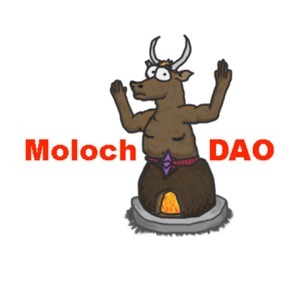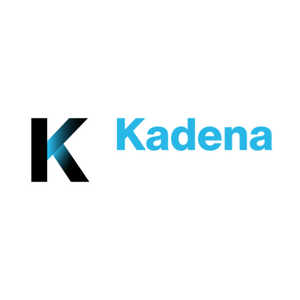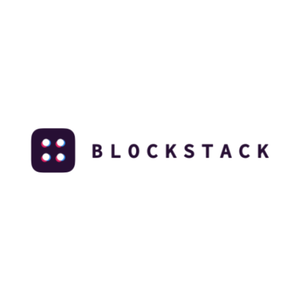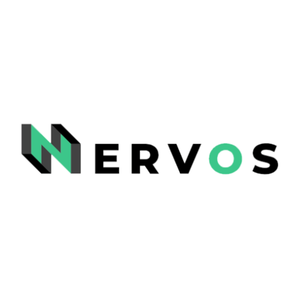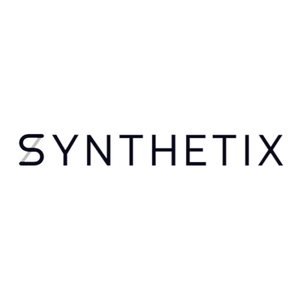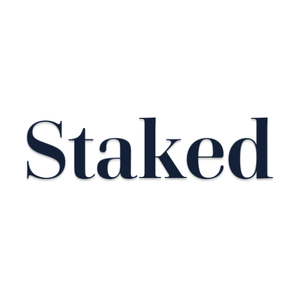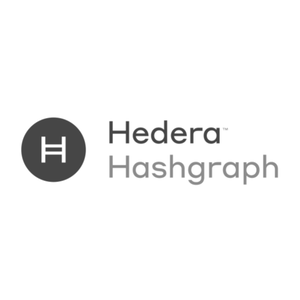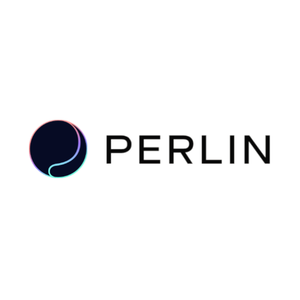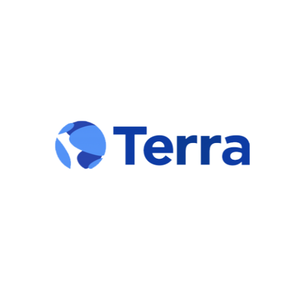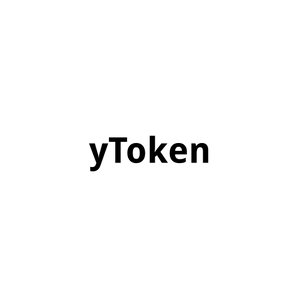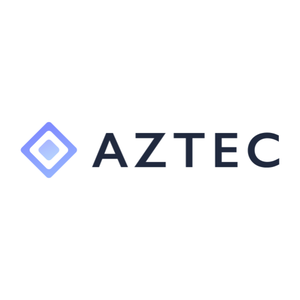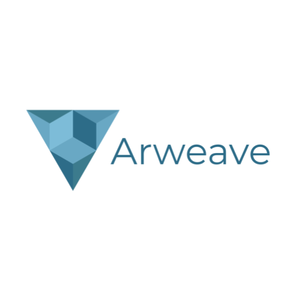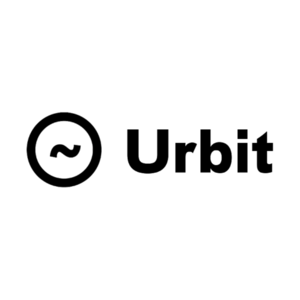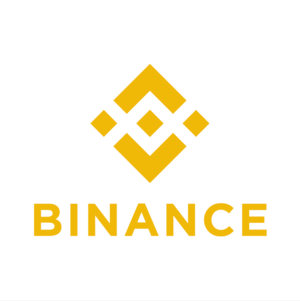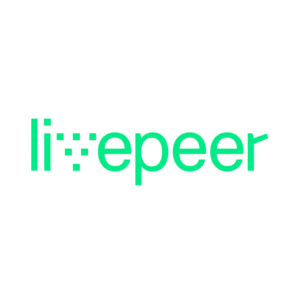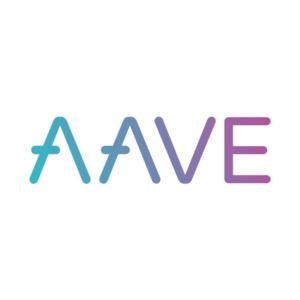Crypto AMA with Cosmos (2.26.19)
Spencer Noon Nov 26, 2019
Hey guys, let’s give a warm welcome to Jae Kwon of Cosmos!
As a reminder for everyone participating, please keep the discussion respectful at all times.
Jae - could you start off by giving us a brief bio touching on your education/work background as well as how you got started in crypto? And then a short overview of your project, how the idea came to be, and how it’s going so far? We’ll then be off to the races with questions.
Hello
Hey Jae! Thanks for coming!
Good to be here! Let me type on my little phone 1 min...
And we've also got Zaki here from Cosmos as well!
Education: Cornell comp sci BS engineering, at one point Emin Gün Sirer was my prof, he got me into distributed systems.
Work background: moves to SF soon after graduating, worked at Alexa (Amazon subsidiary) making web services before they were a thing, then joined Yelp and wrote the iPhone app, then got the startup bug.
Stock is weird, it throws money at you if you’re fortunate, and I was, to do whatever I wanted for a few years while trading to keep floating.
I worked on end to end crypto for email (an open source project) and eventually around 2013 learned that Bitcoin was likely going to get more popular and decided to make a career in crypto currencies.
Was going to start an exchange to compete with Cryptsy, but learned me some BFT and dropped all that to start Tendermint.
/me
How do you see Cosmos' positioning vs. ETH 2.0? Directly competitive or more complementary (I understand there will be a bridge to Ethereum on Cosmos)?
Overview of the project: it was apparent in 2013 that pow would have a hard time scaling and would become very expensive, so Tendermint started as a BFT PoS blockchain.
A supplemental question to the other question above: what key fundamental tradeoffs on distributed consensus has Cosmos decided to make vs. the tradeoffs Ethereum is making based on its roadmap?
At one point it was going to be an Ethereum PoS chain before a few pivots. Cosmos was more of a grand future vision of blockchain scaling and interop (esp for crypto tokens) that took a while for us to muster the courage to fundraise for, back in 2017, and something we’re finally ready to launch (very soon). Cosmos is a network of blockchains, what we’d like to see become the foundational set of protocols for a scalable crypto token economy. We’re soon launching the Cosmos Hub, a multi asset BFT PoS blockchain with governance, built on a solid Go blockchain framework called the Cosmos SDK.
Zaki you want to do your intro too and we can tag?
Zaki was the first person to review the Cosmos white paper, even before it became what it is today. Cosmos would be less interesting without his feedback.
Thanks Jae . I want to jump in on Eth 2.0 question too.
Zaki Manian. Been part of the blockchain scene since 2013. Initially more on the supply chain/ enterprise side. Been friends Jae since 2013.
Cosmos has kind of always been Jae's vision. From the early days, he has always been building for a world of thousands of blockchains.
When we all finally decided to fundraise and build Cosmos back in the summer of 2016, I was pretty sure that the Cosmos systems architecture was the missing peice to get the entire global capital allocation architecture on Blockchains
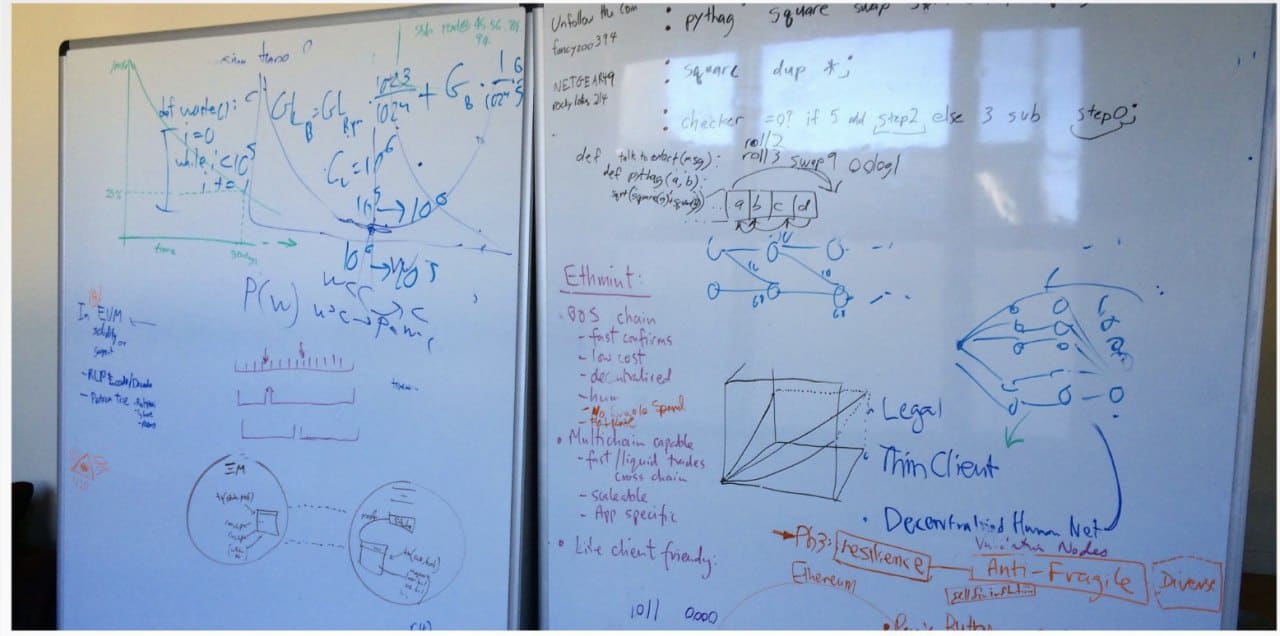
Here is a whiteboard from 2014 on early Cosmos ideas
Cosmos is about unifying the ideas of the early mid 90s smart contract ideas from Mark Millar et all with BFT and blockchains
Jae, What are the obvious and NON-obvious economic opportunties to serve as a validator for the network?
Love it, thanks for the intro guys! I'm going to be periodically lobbing in audience questions from people who couldn't make it. First one:
- Can you walk us through the timeline for the upcoming launch of the hub? Roughly when will the main net go live and when will smart contract support launch?
You can think of ETH 2.0 as trying to build a better BFT mainframe. Cosmos is about trying to get the first mainframes to talk each other.
But to do that we had to get to MVP BFT over the public internet and Proof of Stake.
We fill different needs of the future crypto ecosystem so there is more synergy than competitive spirit. We are working to get the IBC protocol to become compatible with Eth2.0’s shard comms protocol. Ethereum is one network, but there will be thousands of sovereign chains that need to interoperate, so our focus is on pegged token transfers across many different chains rather than cross shard contract calls. My best guess is that over time we will both find niches that interoperate well.
Excellent, thanks Jae and Zaki!
Can you comment on the block finality vs liveness tradeoff Tendermint makes and compare / contrast that with probabilistic block finality, and in particular how it applies to sidechain interoperability?
Assuming Cosmos, ETH 2.0, Polkadot, and other next gen platforms all exist in the future, what is the biggest differentiator for why dapps will choose to build on Cosmos?
Lets finish with the timeline question.
1. The Cosmos Hub is designed to be an IBC broker/processing engine. It should ideally never have smart contracts. It's better for the design of ecosystem if the Hub becomes a pretty stable piece of software that rarely changed. 1 hardfork every year or 2. It will take sometime to get there.
2. Zones that support smart contracts/scripting should be available pretty fast. Loom already exists and does the things and will support IBC fast.
Composability between smart contracts on chains is something I basically know how to do but I expect to be adopted incrementally over time.
I feel really good after a year of testnets about the liveness tradeoffs that Cosmos makes. When we started this, we didn't know if loosely bound associations of validators would be able to maintain availabilty.
If you can have liveness as a general matter, you almost never want to have a system that loses or overwrites data
Mmm I’m not super familiar with the latest plans for Eth2.0, I’m somewhat familiar with Casper FFG, but from the perspective of Tendermint... we brought classical BFT concepts into the blockchain space and influenced Eth’s PoS thinking. In the early days the debate was around liveness vs safety and that Tendermint favored safety and halted in the event of a network partition. Tendermint just tries to be the simplest BFT engine that favors safety in a partially synchronous context (consensus jargon meaning “with bounded message delays and bounded clock drift”), without sacrificing speed or security.
Oh and we currently only assume very few primitives, namely a hash function and an asymmetric signature scheme.
No reliance on say BLS, so even in the case of quantum computers or some new innovation that breaks the diffie gap theorem, we can have solid PoS.
I think the core differentiator between Cosmos and Polkadot, Eth 2.0, Algorand etc is going to be social scalability.
It should never been necessary for the entire Cosmos ecosystem to corordinate any sort of upgrade or change in the rules.
This is why we think soveriegnity is so important.
Cosmos gives you the benefits of an ecosystem, financial programs to compose with while letting the smaller pieces innovate on their own.
This is extremely helpful. Sounds like the testnets over the last year have gone well despite the liveness tradeoffs in favor of partial synchrony + safety. When Cosmos launches, will this potentially be one of the earliest working examples of distributed consensus with partial synchrony + BFT?
I like the point about many corners of the ecosystem being able to innovate independently. A counter argument to that has been that developers need a simple system to work with that abstracts the complexity of many underlying chains/systems. How do you see that coming together?
Hmm, the obvious are all the ways to earn tx fees, and secondarily inflationary atoms and any block rewards, and participate in governance; and knowing that you’re part of an “exit” plan. The non obvious incentives... well I imagine that the obvious incentives are sufficient, but one thing to note is that I believe Reputation will become more and more important in this space. My building reputation today as a solid validator, you will be in position to offer more services in the future as the transition unfolds. Imagine running a successful validator for 100 years with no failures... that has positive value.
Our testnets are the only working example of BFT with adhoc participants that I am aware of.
when we started, the biggest risk I saw was producing the validator community. Now I'm 100% certain that we have a community that operate and defend cosmos networks
recover from the inveitable bugs etc
and as we are seeing, this community is becoming the operator community from basically every other Proof of Stake network out there
Worker reputation is very interesting concept to me that will expand as more data is present.
It's becoming more clear to me that medium term economics of proof of stake are going to be token holders delegate to workers with strong reputations as a way to buy security for their networks
Zaki so do you think validators (Staking-as-a-service companies) are almost agnostic to the chains they validate? i.e, will validate almost any chain out there
When we’re done with the bridges, they’re all by definition part of the Cosmos, kind of like the “world wide web”. That’s a semantic copout but I think it’s worth noting that the Cosmos vision came before Polkadot or Eth2.0 started, and like we mentioned previously, the ultimate visions are compatible because Cosmos is more about connecting sovereign systems like Polkadot and Eth2.0/1.0. A better practical answer is that there is a need for blockchains that are not hosted as a smart contract on Eth or Polkadot when there is a need for sovereignty. For example, a country will probably not want to rely on the Eth miners for their sovereignty, so they will want their own PoS chain.
I think agnosticism is going to be hard to maintain. Simply because validator operators are huge stake holders in governance.
If you are too agnostic, it's hard to be credible
That's really well said^ thanks!
So that’s one. Another is that we have a great framework for building complex blockchain apps. Today it’s primarily through the Cosmos SDK via Golang but in the future there will be more frameworks in different languages via Tendermint ABCI. While web assembly is interesting and will probably be relevant, I think it’s not going to completely replace the need for a well designed framework in one language, in the likeness of Django or RoR.
The assumption in most blockchain frameworks is that you want to stuff as much as possible inside the virtual machine.
Our experience is that this just development harder because you have to build all the debugging and observability tooling yourself.
Writing applications inside a framework natively has allowed a small dev team to build very complex applications quickly.
I’m not aware of anything else that would launch sooner, that is from the family of consensus algos as classical BFT systems (tendermint is similar to PBFT, and is derived from DLS dwork/Lynch/stockmeyer), and has the same level of rigor as Tendermint. Other systems are arguably BFT but they don’t have the same level of Byzantine fault tolerance, or they assume synchrony.
Or they come to finality over a longer duration of time, or light client proofs are more difficult. Tendermint was the first to bring classical BFT to crypto but it also hits a sweet spot of optimality and simplicity imo.
Thanks Jae, very helpful
Another thing that Jae figured out really early was how important precise fault attribution was going to be
Do you worry that dapp developers will have trouble finding and retaining validators, especially if Cosmos scales to thousands/millions of sovereign systems?
Right now validators are strongly incentivized to find new chains to validate on. The economics are attractive.
I think of validation as a synergistic business with many other roles in the cryptoeconomy. Exchanges, Custodians, dev shops etc so hopefully there will be plentiful supply
Cosmos doesn't assume uniform security unlike sharded systems so ideally chains are paying for the security they need rather than some ecosystem wide base cost
I think probabilistic finality can be fine if using common coin systems, since light client proofs can still be simple for eg BLS systems, so it depends on what kind of probabilistic consensus system you’re talking about. But even honey badger favors safety. Tendermint also favors safety, and tries to come to finality as soon as possible. This makes sidechain interoperability faster. There is also the accountable security aspect, meaning that if a Tendermint chain forks, it is possible to determine which 1/3 was responsible for it, to be able to exclude them from a re-org after the attack, so this gives IBC over Tendermint more security. A fork in Tendermint should never happen so long as more than 1/3 aren’t willing to get their bonded stake slashed. With other non-classical-BFT consensus systems IBC at the level of speed and security provided by Tendermint will be difficult if not impossible.
They wouldn’t want to support insecure chains for risk of ruining their rep accidentally, so there’s some threshold of quality they should require but yes one benefit of PoS is the potential to participate in many systems at the same time. Not clear yet how that translates to reputation transfer across networks but we will see... for example forking the Atom distribution to create a staking distribution for your own chain is one way to do it but this procedure will evolve... shared security by replicating a valset across many chains, essentially Validation as a Service we will prob see end of 2019 or 2020.
Question via DM: what are some of the most exciting apps launching on Cosmos that you guys are tracking?
https://cosmos.network/ecosystem
Since Loom was mentioned, how do they fit into a future Cosmos with IBC? As another pegged zone?
Shared security via valset replication over IBC is one way to systematize/commodities the availability of a decentralized valset for any chain that can afford to pay for the services. So I’m not worried, just eager to make it happen. If anyone is interested in building such a valset, contact us at Tendermint and the Interchain Foundation.
I think Loom wants to be a gaming oriented corner of the the Cosmos ecosystem. They seem to be orienting more towards e-sports.
Last call for questions everyone, AMA ends @ 11:30a PST.
Thanks for the AMA, this is great.
Jae If you were to build Cosmos from scratch today given all the new research and primitives that have developed in the last several years, how would you architect it differently?
For me, decentralized exchanges at first, since the cosmos allows for feature rich dex’s Eg with order books and thus price fairness. Looking forward to what Binance is building. Kava with micropayments, and emoney for a fiat peg.
Also for Jae / Zaki: what do you see for the timeline for Cosmos going beyond asset transfers and fully general cross-chain messaging passing? What are the biggest barriers you guys see to this? It seems super fraught compared to asset transfers.
I wouldn’t... besides minor tweaks like which particular hashing algo or signature scheme. Tendermint and the SDK and the cosmos vision made the tradeoffs that I want to see in a financial foundation that I’d want to use. There’s more to innovate at the edges via connected zones but I love the simplicity and conservatism of the Cosmos Hub.
We will learn more once it launches. I imagine the next changes will come to governance as we learn how a peoper gov system should function for a chain.
Like I wouldn’t want an important pillar of the crypto economy to rely on PoW or advanced new crypto like ZK systems or even BLS (just yet, without a fallback)... so hopefully the Cosmos hub fills a needed niche that lets the ecosystem prosper via a thousand blooms.
Though one thing... I would have written better specs, i underestimated the need for specifying architectural choices. But we’ve been solving that.
So you can think NFT/tokens as objects with no internal mutable state and single e-right ( transfers).
As I mentioned Cosmos is heavily inspired by the work of the Agoric founders, and their work on composibility will be immediately applicable.
I think we will be able to support mutable objects with Cosmos pretty nicely.
What I want to be able to do is have one zone that manages the issuance and stability fee for CDPs, have synethetic assets flow out into the wider ecosystem and have the liquidation of the CDP take place on highest liquidity DEX zone
The last thing is my target for a year out or so
What projects using the Cosmos SDK excite you guys the most?
Interesting. So a CDP-derived asset could be trading around on another zone even after it's liquidated on the originator chain?
Revocable multichain assets are another challenge but yeah it's fundemental to figuring out mutability in the erights model.
I think after IBC and shared security, it’ll make more sense to have cross chain contract calls etc. hopefully Eth2.0 is the first connected zone to the hub that experiments with this. Then at least the security model is simpler — a shard one fail unless the entire shared security intranet is already vulnerable... in practical terms we will need better tooling and APIs for managing many shards (we aren’t there yet though other projects may be working on it already).
Just wanted to drop a quick note to thank @J K and Zaki and @spencer for this - been watching cosmos for a bit now and this was awesome
Alright everyone, that’s a wrap! Let’s give Jae and Zaki a huge thank you for being our first guests on Crypto AMA.
We’ll be announcing next week’s guest(s) in the coming days and if you have recs for future AMAs - please shoot me a note!
🙏
Thank you David and everyone for coming.
Thanks @spencer for arranging this and making us the first team in the new format
Thank you for your valuable time & insights, Jae & Zaki as well as to our admins for coordinating this
The hub :). Have a few other answers above, but I’m excited to build out something that I haven’t really seen yet... maybe we will get to it this year. I think blockchains are fundamentally a tool for human collaboration so I’m most interested in wide scale coordination beyond financial apps (though that’s important as well).
Thank you!
Thanks, Jae + Zaki! May the blockchain gods shower you with hashes.
This was awesome, thanks guys! Looking forward to launch :)
Thank you and see you on the hub!
Very nice AMA. Thank you guys.
+1 great way to kickoff the new group 👍
This is officially the coolest thing anyone had posted in an AMA! thanks for sharing..


